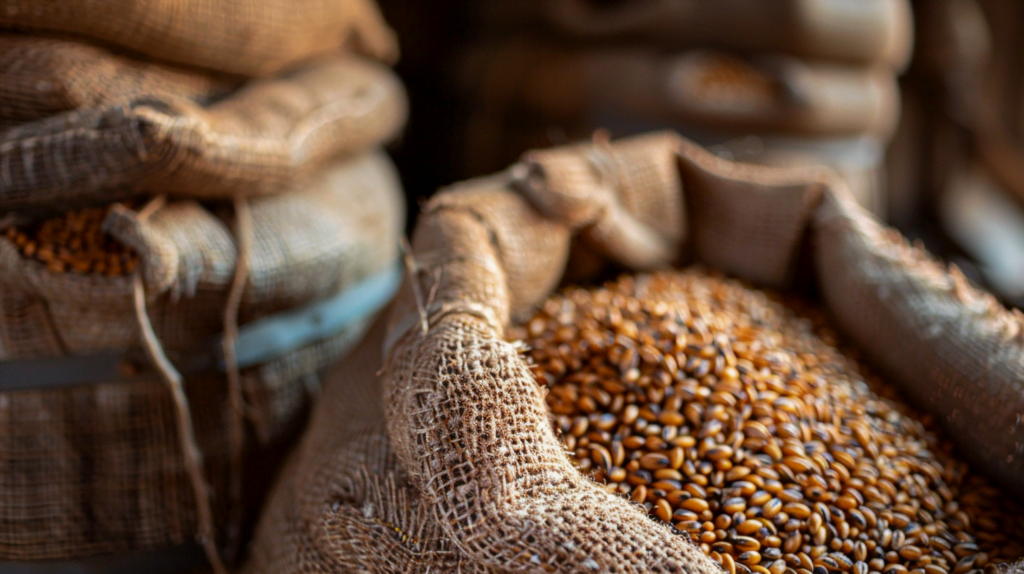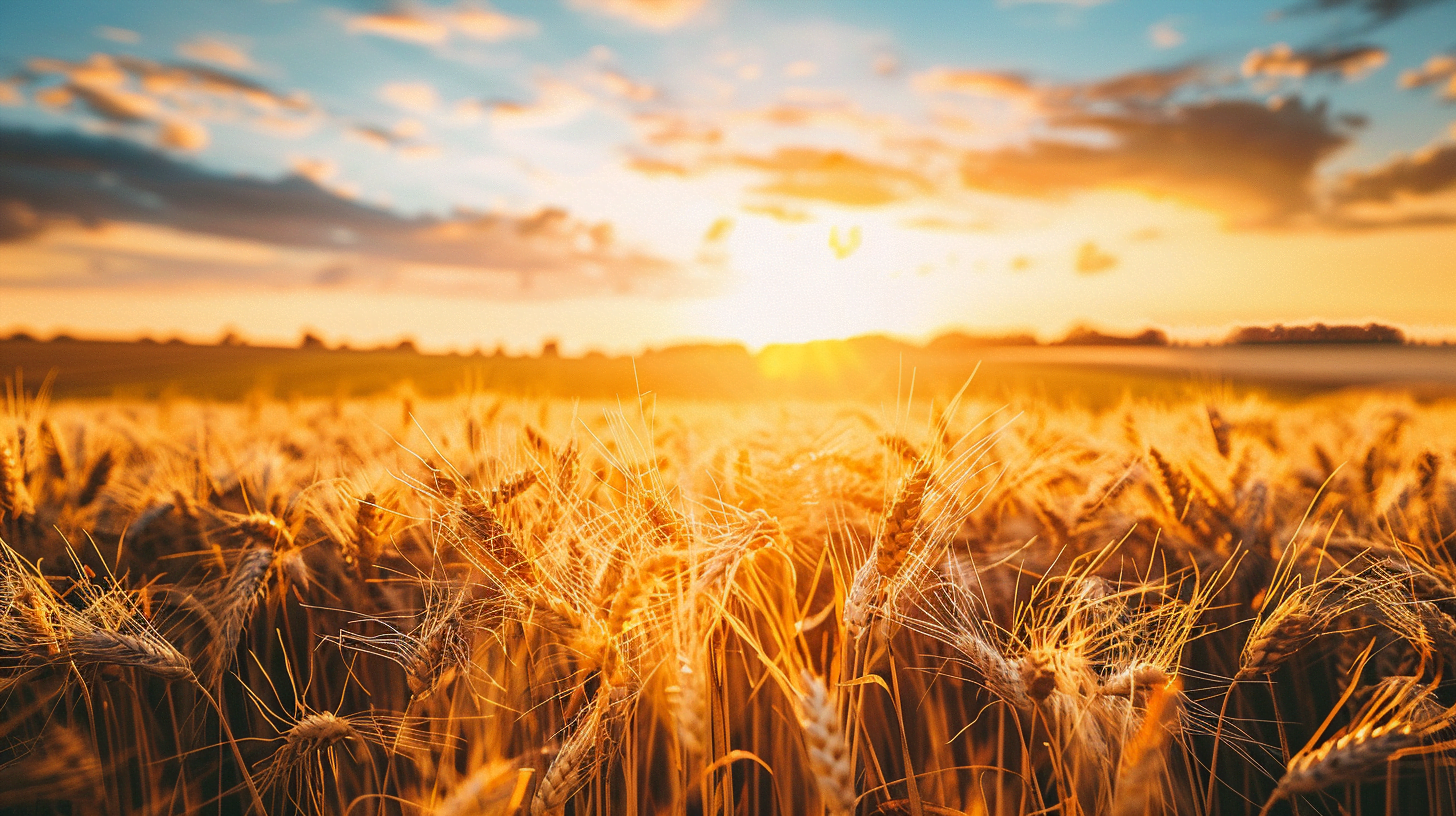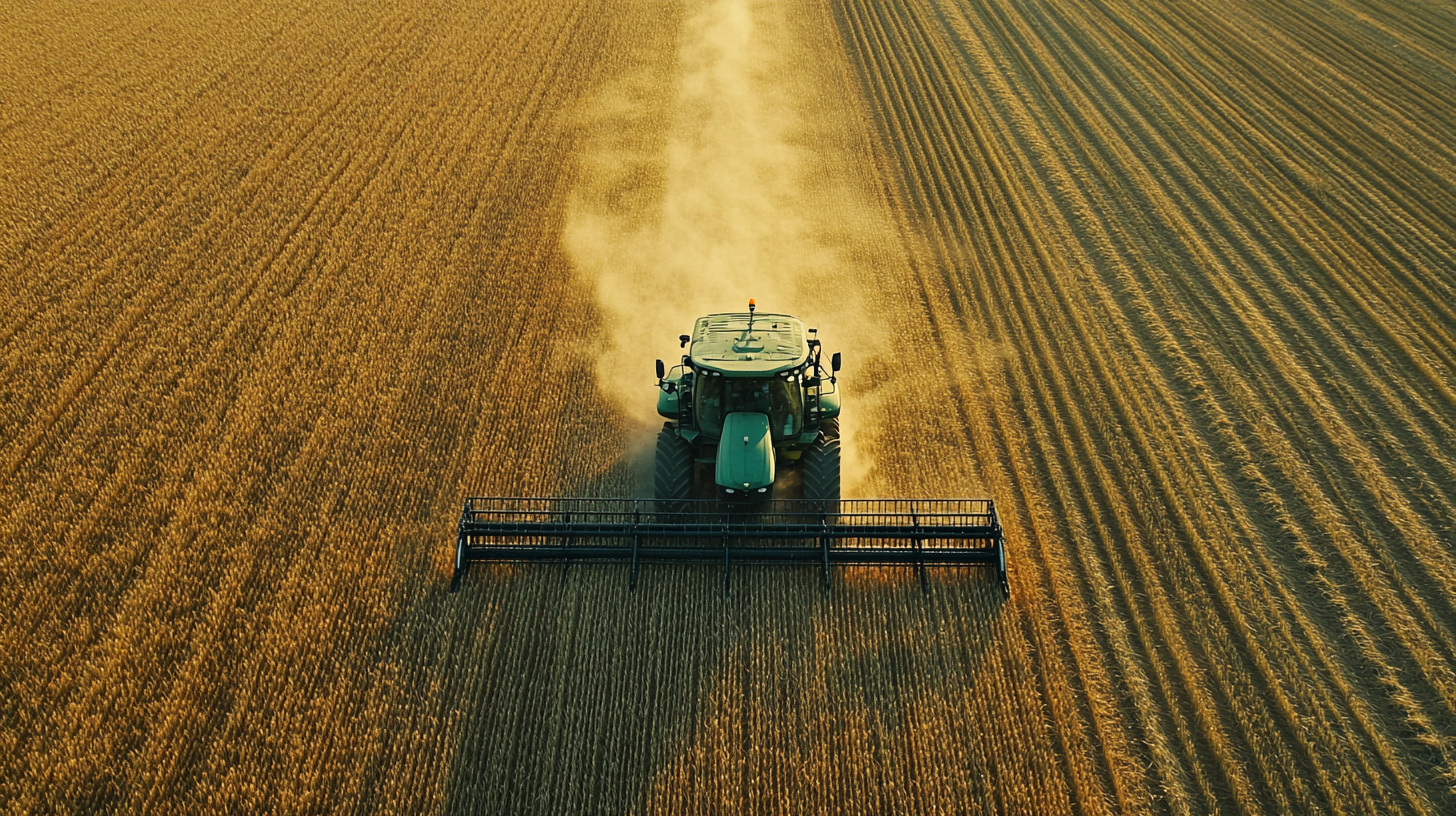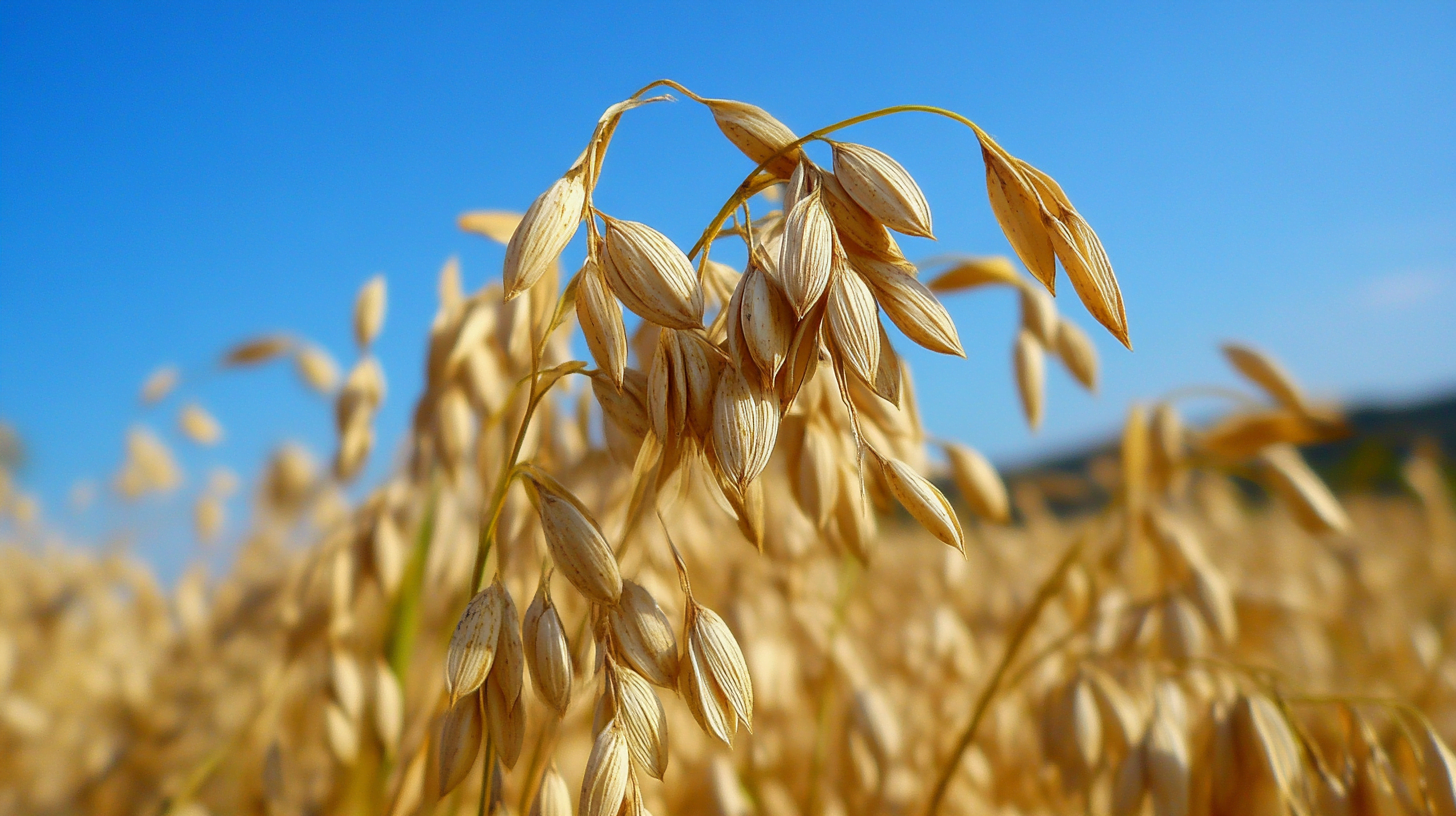Table of Contents
Rye, a resilient and nutritious grain, has been a staple in many cultures for centuries. As the world becomes increasingly interconnected, understanding the intricate web of global rye trade policies is crucial for farmers, traders, and policymakers alike. In this comprehensive article, we will delve into the history, current state, and future outlook of global rye trade policies, providing valuable insights for all stakeholders.
The History and Significance of Rye Trade
Rye cultivation dates back to ancient times, with evidence of its domestication in Turkey and Syria around 6500 BCE. Throughout history, rye has played a significant role in food security and cultural heritage, particularly in regions with harsh climates and poor soil conditions. Today, the major rye-producing countries include:
- Russia
- Poland
- Germany
- Belarus
- Denmark
These countries not only produce rye for domestic consumption but also contribute significantly to the global rye trade.
Current State of Global Rye Production and Trade
In recent years, the global rye trade has witnessed significant shifts in production, consumption, and trade volumes. According to the Food and Agriculture Organization (FAO), the top rye exporters and importers in 2020 were:
| Top Exporters | Export Volume (tonnes) |
|---|---|
| Poland | 548,871 |
| Germany | 244,283 |
| Canada | 176,384 |
| Russia | 118,721 |
| Lithuania | 117,046 |
| Top Importers | Import Volume (tonnes) |
|---|---|
| Germany | 367,285 |
| Netherlands | 155,716 |
| Spain | 152,984 |
| USA | 120,347 |
| Japan | 83,591 |
Factors such as climate change, population growth, and shifting consumer preferences continue to influence the supply and demand dynamics of the global rye market.
International Rye Trade Agreements and Organizations
The World Trade Organization (WTO) plays a crucial role in regulating global rye trade policies. WTO agreements, such as the Agreement on Agriculture (AoA), aim to promote fair competition and reduce trade-distorting practices. Regional trade blocs, like the European Union (EU) and the North American Free Trade Agreement (NAFTA), also have a significant impact on rye trade within their respective regions.

Case Study: The EU’s Common Agricultural Policy and Rye Trade
The EU’s Common Agricultural Policy (CAP) is a prime example of how regional policies can shape rye trade. The CAP aims to support farmers, ensure food security, and promote sustainable agriculture within the EU. Through various mechanisms, such as direct payments and rural development programs, the CAP influences rye production and trade within the EU member states.
However, the CAP has also faced criticism for its potential to distort global trade. Non-EU countries trading with the EU must navigate the complex web of CAP regulations and standards, which can sometimes act as non-tariff barriers to trade.
Tariffs, Quotas, and Non-Tariff Barriers in Rye Trade
Tariffs, quotas, and non-tariff barriers are common policy instruments used to regulate global rye trade. Tariffs, which are taxes imposed on imported goods, can significantly impact the competitiveness of rye in international markets. Import quotas, on the other hand, limit the quantity of rye that can be imported into a country, often to protect domestic producers.
Non-tariff barriers, such as sanitary and phytosanitary measures (SPS), can also affect rye trade. These measures aim to protect human, animal, and plant health but can sometimes be used as disguised protectionism.
Subsidies and Support Programs for Rye Farmers
Domestic subsidies and support programs for rye farmers can have a significant impact on global rye trade. While these programs aim to support farmers and ensure food security, they can also distort trade by providing an unfair advantage to subsidized producers.
The WTO’s Agreement on Agriculture sets rules for agricultural subsidies, classifying them into different “boxes” based on their trade-distorting effects. However, disputes over rye subsidies continue to arise, highlighting the need for a balanced approach that supports farmers while promoting fair trade.
Sustainability and Environmental Concerns in Rye Trade
As the world grapples with climate change and environmental degradation, sustainability has become a key concern in global rye trade. Sustainable rye farming practices, such as conservation tillage and integrated pest management, can help mitigate the environmental impact of rye production.
Trade policies that promote sustainable rye production, such as eco-labeling and certification schemes, can incentivize farmers to adopt more environmentally friendly practices. For example, the EU’s organic certification system sets strict standards for organic rye production and trade.
Future Outlook for Global Rye Trade Policies
Looking ahead, the future of global rye trade policies will be shaped by a range of factors, including:
- Geopolitical events and shifting power dynamics
- Climate change and its impact on rye production
- Population growth and changing consumer preferences
- Technological advancements in rye farming and processing
To navigate these challenges and opportunities, rye-trading nations must work together to harmonize policies, promote sustainability, and ensure a level playing field for all participants in the global rye market.
Conclusion
Global rye trade policies are a complex and ever-evolving landscape that requires the attention and engagement of all stakeholders. By understanding the historical context, current trends, and future prospects of rye trade, farmers, traders, and policymakers can make informed decisions that promote fair competition, sustainable production, and food security.
As we move forward, it is crucial for all parties to stay informed about changes in global rye trade policies and actively participate in discussions and decision-making processes. Together, we can build a more resilient, sustainable, and equitable global rye market.
FAQs
- What is the difference between tariffs and quotas in rye trade?
Tariffs are taxes imposed on imported rye, while quotas limit the quantity of rye that can be imported. Both can be used to protect domestic producers and regulate trade flows. - How do I stay updated on changes in global rye trade policies?
To stay informed, regularly consult resources such as WTO publications, industry associations, and government trade agencies. Attending conferences and workshops on rye trade can also provide valuable insights. - What are the most common sustainability certifications for rye?
Some of the most common sustainability certifications for rye include the EU’s organic certification, the Rainforest Alliance certification, and the Fairtrade certification. These certifications ensure that rye is produced using environmentally friendly and socially responsible practices. - How can I, as a rye farmer, benefit from understanding global trade policies?
Understanding global rye trade policies can help farmers make informed decisions about production, marketing, and investment. By staying attuned to trade trends and regulations, farmers can identify new opportunities, mitigate risks, and adapt to changing market conditions.



